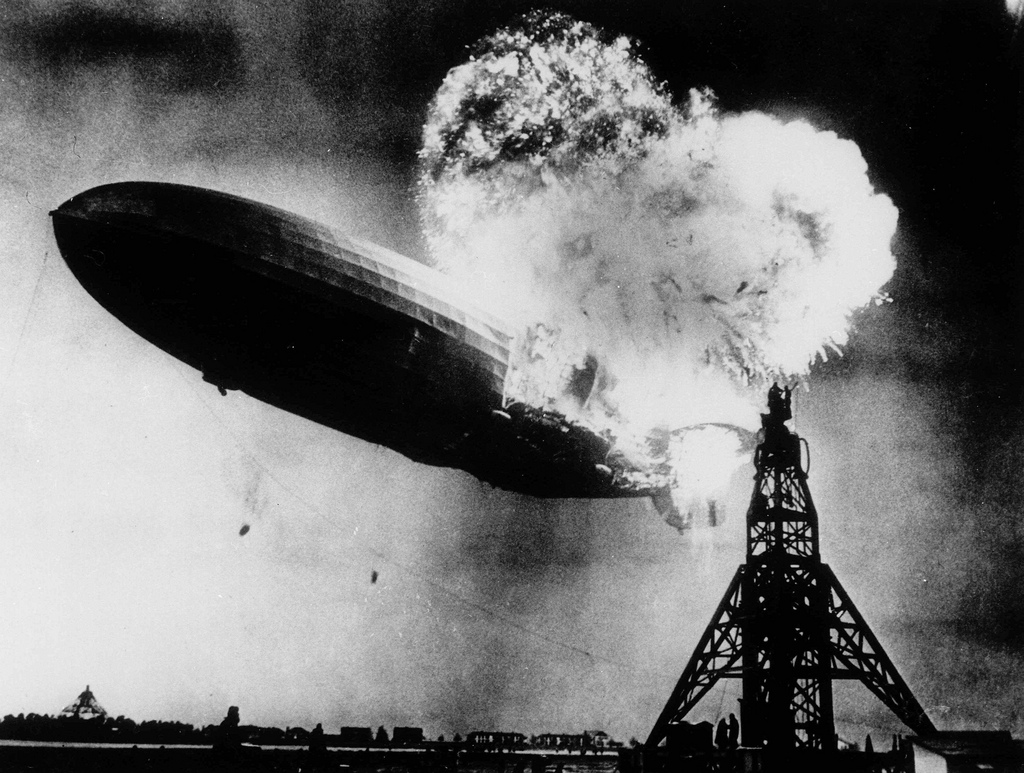
Hydrogen-powered cars are soon to hit the market and there are many advantages of such vehicles in terms of environmental friendliness and driving range. But filling our tanks with hydrogen makes many people nervous and they wonder just how safe hydrogen is.
Hydrogen has carried a stigma ever since the 1937 explosion of the Hindenburg airship. That disaster pretty much spelled the doom of the airship industry. Ironically, analyses of that event over the years have pretty much concluded that hydrogen was not the culprit in the explosion of the Hindenburg but instead, chemical compounds in the skin of the aircraft and diesel fuel in onboard compartments drove the conflagration. The hydrogen rose up quickly and burned out.
As for hydrogen itself, it is instructive to compare it with the fuel we want to replace: gasoline. First of all, hydrogen is less flammable than gasoline. Gasoline will self-ignite if raised to a temperature of 536 degrees Fahrenheit. Hydrogen auto-ignites at 932 degrees.
Hydrogen disperses quickly into the atmosphere because it is 14 times lighter than air. So unlike gasoline, which can linger around and remain a fire threat, hydrogen quickly becomes sparse. If it catches fire at all, it burns itself out quickly.
Hydrogen is non-toxic. It is a naturally occurring benign element. Gasoline is extremely toxic.
And, most importantly, when hydrogen is burned (or reacted in a fuel cell), the only emission product is water.
There are safety issues associated with hydrogen, but it is simply untrue that it is too dangerous to become our primary fuel.
**********
.
Web Links
Photo, taken in 1937, courtesy of Recuerdos de Pandora via Flickr.
.
Earth Wise is a production of WAMC Northeast Public Radio.